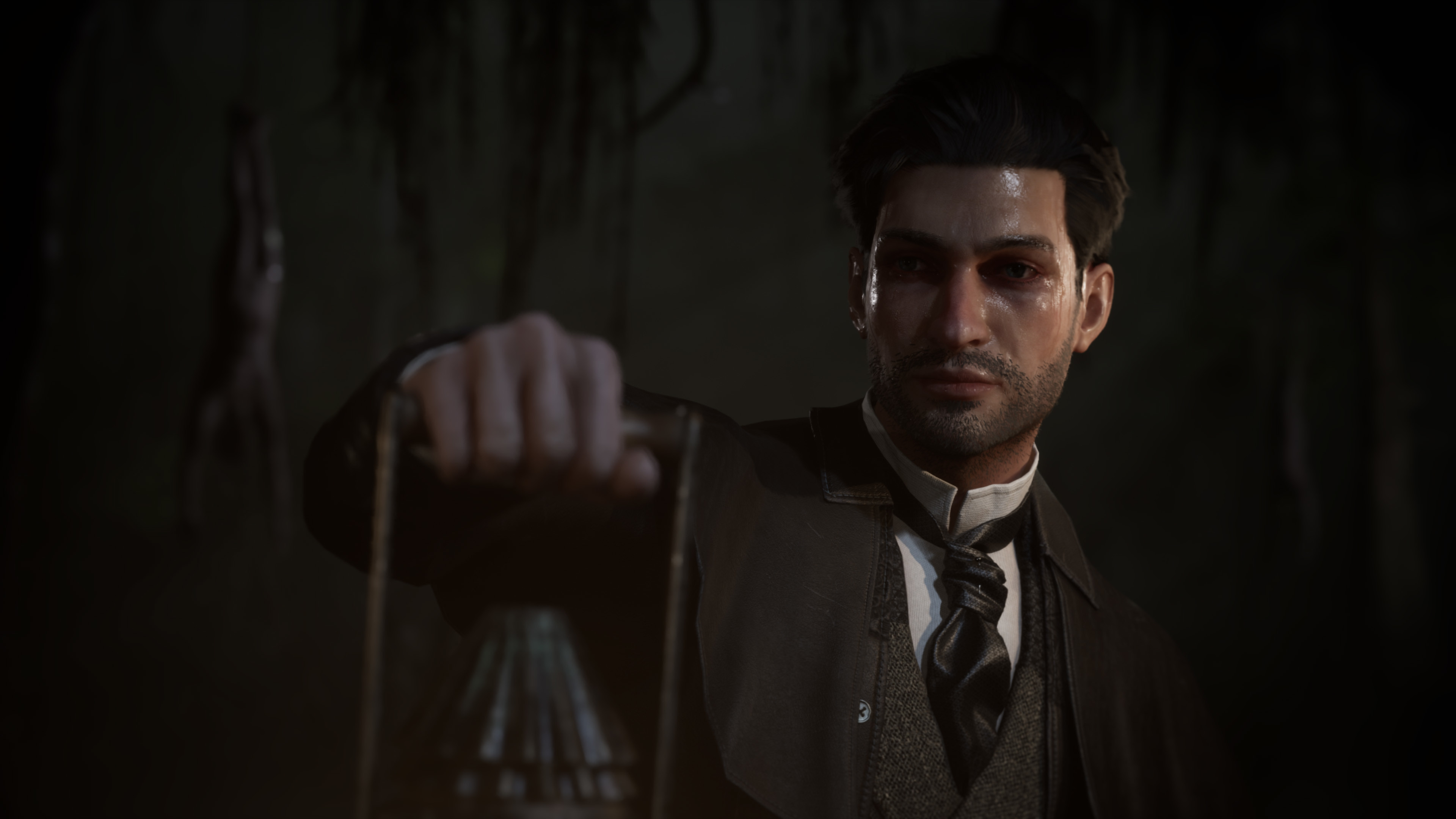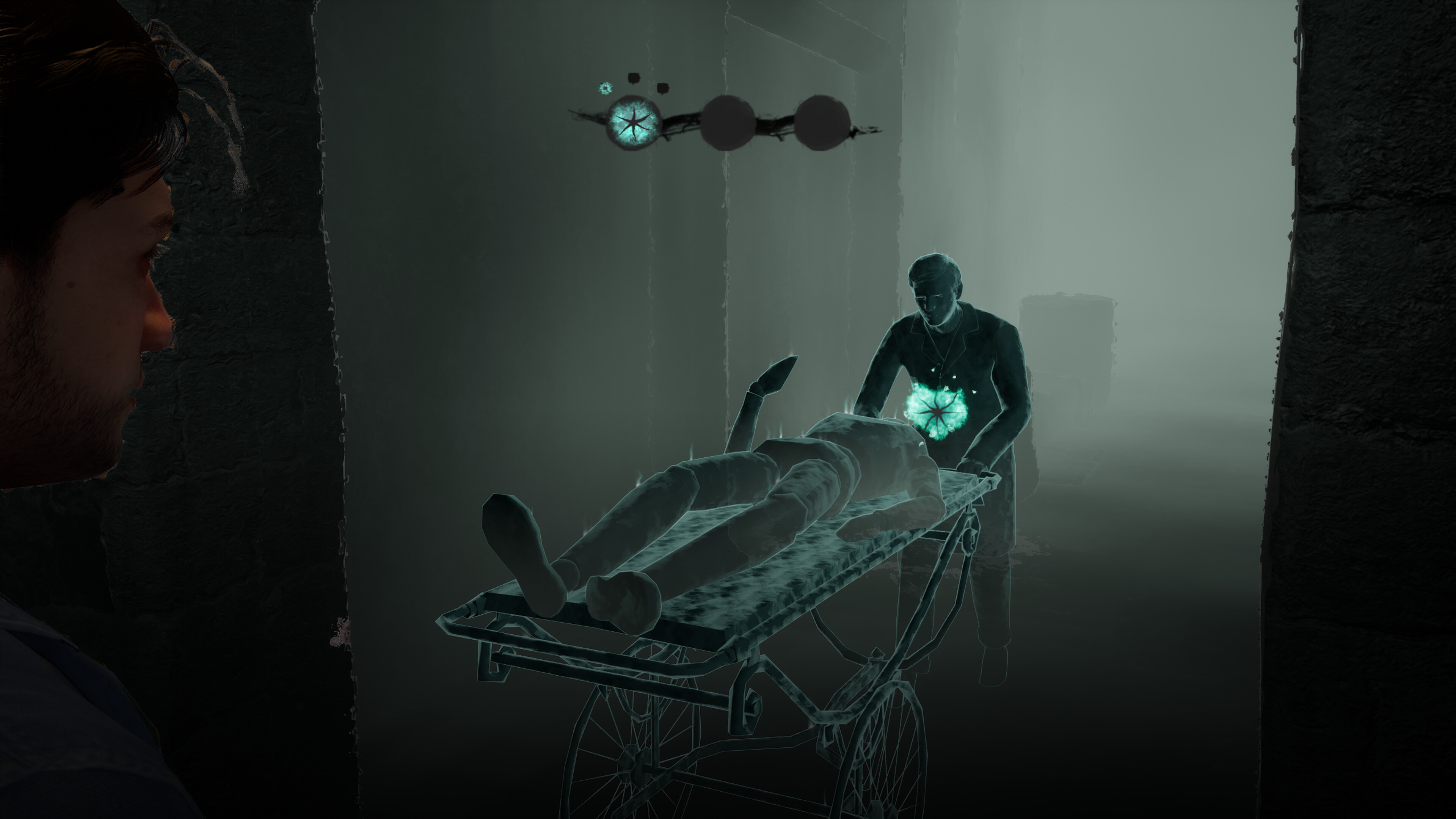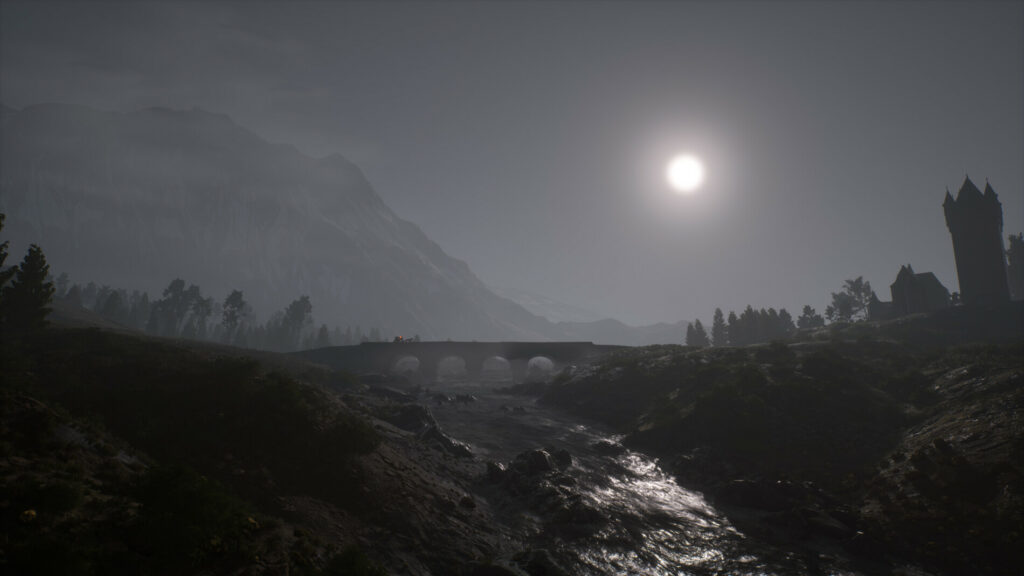Steam has a multitude of systems for recommending games to people as accurately and precisely as possible. Now it’s looking to do the same with DLC through a new personalized hub called—get ready for it—DLC Discovery Hub (opens in new tab).
The DLC Discovery Lab is the latest new feature to come out of Steam Labs, an experimental playground that Valve uses to corral and test new features for Steam. In previous years, it’s given us things like the Interactive Recommender (opens in new tab), Community Recommendations (opens in new tab), a personalized news hub (opens in new tab), and extended search options (opens in new tab); this latest feature is designed to connect you with additional content for games you already own.
The hub is broken down into two sections. At the top is “Popular DLC for your games,” a scrollable list of DLC for games in your library that are hot right now. The games are irrelevant—it’s strictly the popularity of the DLC that matters for this list. That means, for instance, that the Dune Stalker Starter Pack for Modern Warfare 2 is one of the first to appear on my list, even though I haven’t touched MW2, or Warzone 2, in ages.
The second, larger section is more interesting. This is where the DLC for games you’ve played recently, or games you’ve played the most, is listed. Naturally, those temporal values are complicated by an element of behind-the-scenes algorithmic magic: The “most played” category, for instance, is “ordered by the games you’ve played the most within the past few years,” Valve said, followed by “games you’ve played most over past time periods.”
That’s presumably how I ended up with Wolfenstein: Youngblood gold bars (an in-game currency) at the top of my list, followed by the Legacy of the Moonspell DLC for Vampire Survivors, more Modern Warfare stuff, and content for Carrion, Disco Elysium, and Puzzle Quest 3. The games I’ve really leaned into, but haven’t played for a much longer span—like Fallout 4, BattleTech, Grim Dawn, and Dishonored—are farther down the list.
It’s not the most essential Steam feature, but I can see its value as an alternative to scrolling through endless pages of new games on Steam when you’re looking for something to do. Especially when it comes to older games that you may have forgotten about: I, for instance, just noticed the Trine 4 DLC Melody of Mystery thanks to the new tool, which I’d somehow overlooked when it was new. I might need to give that a go.
Like all new Steam lab releases, the DLC Discovery Hub is effectively a beta test, which means features aren’t necessarily final and it might occasionally get a little wonky. If you have bugs to report or suggestions to make, you can do so in the Steam Labs community group (opens in new tab).




















































